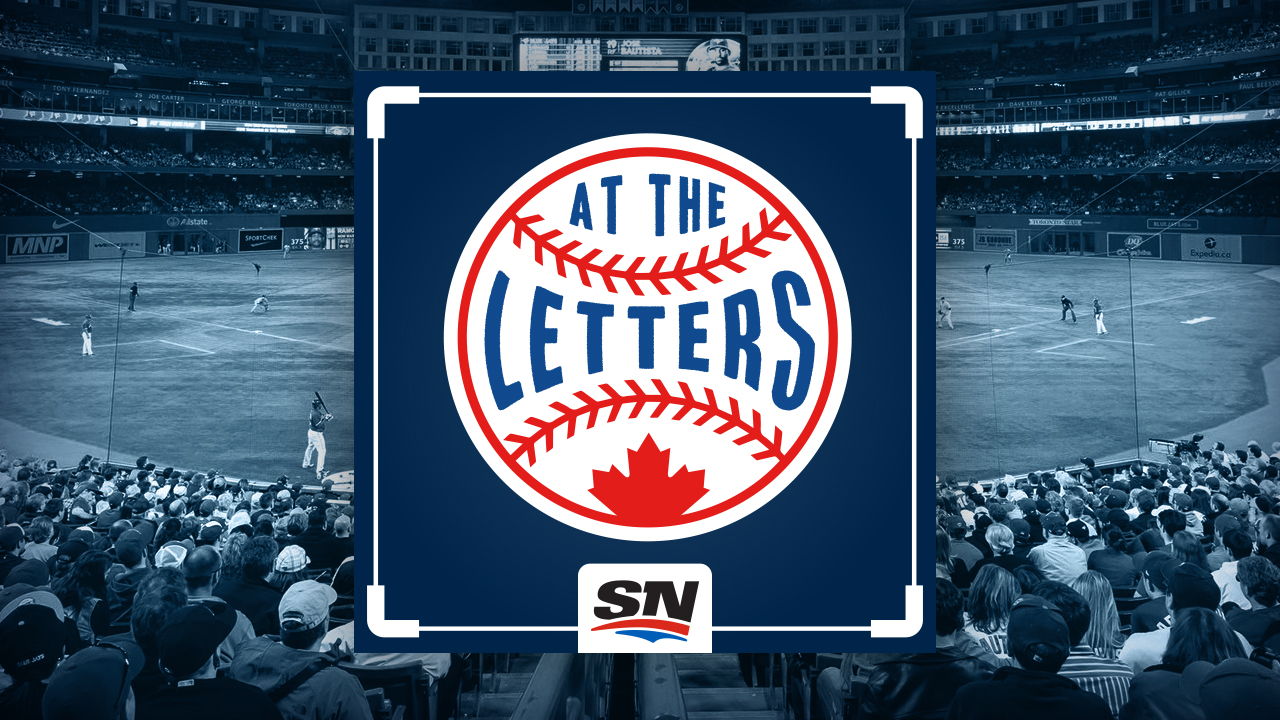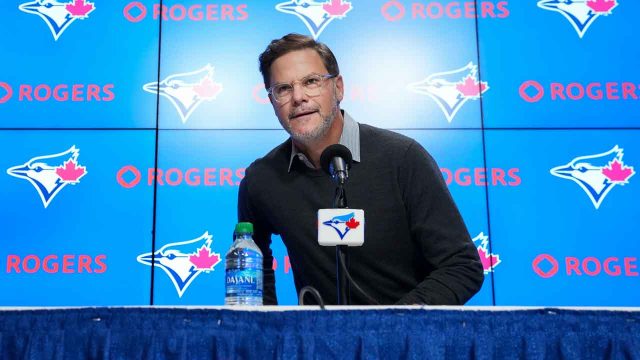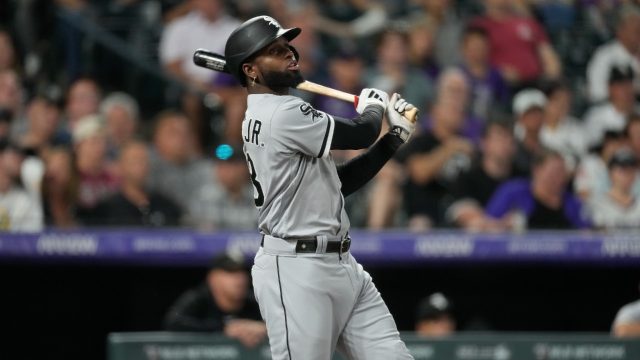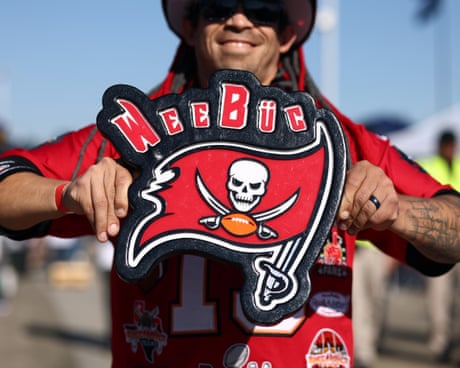
When the Toronto Blue Jays missed out on Shohei Ohtani and Juan Soto, the chances of the team having a transformative off-season declined precipitously.
The club still has holes in its lineup and money to spend, though, meaning that over the coming months, we’ll get a good look at how strong the Blue Jays’ contingency planning is. With the biggest possible offensive upgrades off the board, a name that has been consistently brought up as a target for Toronto is Cody Bellinger.
On the surface, Bellinger seems like a strong fit for the Blue Jays on a number of levels.
He’s arguably the top position player left on the free-agent market. He’s coming off a season where he slugged .525 and hit 26 home runs, meaning he could theoretically provide some of the thump to a lineup that lacked it in 2023.
Bellinger is also a left-handed bat who could help balance out a lineup that just lost Brandon Belt and Kevin Kiermaier to free agency. As a defensively-capable outfielder, he’d fill the team’s most obvious hole alongside Daulton Varsho and George Springer, too. Considering he’s just 28, as soon as he signed he’d become a building block for a team that is dealing with an uncertain future.
As good as all of that may sound, Bellinger would be one of the riskiest investments the Blue Jays could possibly make — particularly considering he’s reportedly looking for a deal north of $200 million. Just because that number is being floated, it doesn’t mean that’s what the outfielder will get, but it’s an indication that he’s being overvalued in a market with few needle-moving position players available.
Last season Bellinger produced 4.1 fWAR and FanGraph estimated his on-field value at $32.9 million. Any deal near his asking price would only work if he can be expected to be approximately the guy he was in 2023 going forward.
That seems like a poor bet for a few reasons. The first is that 2023 is the only above-average season Bellinger has had as an everyday player since his incredible 2019 campaign. Between 2020 and 2022, the 28-year-old hit .203/.272/.376 in 1143 plate appearances. Even with strong defensive contributions his total fWAR (2.2) ranked 226th among all position players.
It seems likely that Bellinger won’t revert back to the below-average player he was during those lost years, but banking on his 2023 resurgence to be totally reflective of what he’ll offer in the seasons ahead would be overly optimistic. He’s undoubtedly coming off a strong campaign with the Chicago Cubs, but his raw production was far more impressive than his underlying numbers.
For example, the chart below shows his numbers compared to his expected numbers, including his MLB rank among 258 qualified hitters.
|
BA |
Rank |
xBA |
Rank |
SLG |
Rank |
xSLG |
Rank |
|
.307 |
10th |
.268 |
67th |
.525
|
15th
|
.434 |
111th |
All of that resulted in a wOBA (.370) that exceeded his xwOBA (.327) by 53 points. Considering Bellinger’s career wOBA is only four points above his expected mark, what we saw in 2023 isn’t something that he’s likely to carry forward.
Instead, he seems like a prime candidate to regress, which makes sense considering his unimpressive exit velocity metrics.
Bellinger’s max exit velocity of 109.2 m.p.h. was in the 22nd percentile last season — more than half a tick below Cavan Biggio (109.8 m.p.h.). His average exit velocity (87.9 m.p.h.) was 27th percentile, in the Daulton Varsho (87.8 m.p.h.) area without the bunting to drag it down. Bellinger’s hard-hit rate (31.4 per cent) was 10th percentile league-wide at the approximate midpoint between Biggio (33.0 per cent) and Santiago Espinal (29.4 per cent).
Much of Bellinger’s 2023 success comes from a combination of getting more out of his balls in play than his exit velocity would usually result in, and running a low strikeout rate of 15.6 per cent.
He deserves credit for cutting out the whiffs after that had been a large part of why he failed to produce in the early 2020s, but that improvement isn’t enough to return him to his early-career form.
There’s a reason FanGraphs’ Steamer projection system has him producing a good — but far from elite — 108 wRC+ next season. That would put him 136th among MLB hitters, between Heston Kjerstad and Brent Rooker.
Purely as a player, there is plenty to like about Bellinger’s skill set.
He’s an above-average outfielder capable of playing in all three positions, and chipping in at first base. He’s also traditionally been a plus on the base paths who can swipe a few bags when the occasion calls for it. After a couple of brutal seasons, he’s also seemingly found his way at the plate, even if the extent of his gains are probably exaggerated by 2023’s results.
In a vacuum, he would be a worthy candidate to slot in as an everyday outfielder for the Toronto Blue Jays. If the team could acquire him at a price that indicated he was a quality starter instead of a star he would be a sensible target for them. Unfortunately for the Blue Jays — or whoever signs Bellinger — that doesn’t seem to be where the market for his services is.
Right now it looks like if you want to sign Bellinger, you’ll be doing so at a price that puts too much faith in his 2023 or gives real credence to the idea he can rediscover something that has been gone for nearly half a decade.
Bellinger may seem like a reasonable fit and a solid consolation prize for the Blue Jays, and all it would cost to get him would be a sizable cheque.
While that prospect may seem appealing, the opportunity cost of taking on that contract would be significant, and there’s a strong chance that money put towards a blockbuster free-agent contract for Bellinger — a deal that could easily be the biggest in franchise history — would be better allocated elsewhere.







